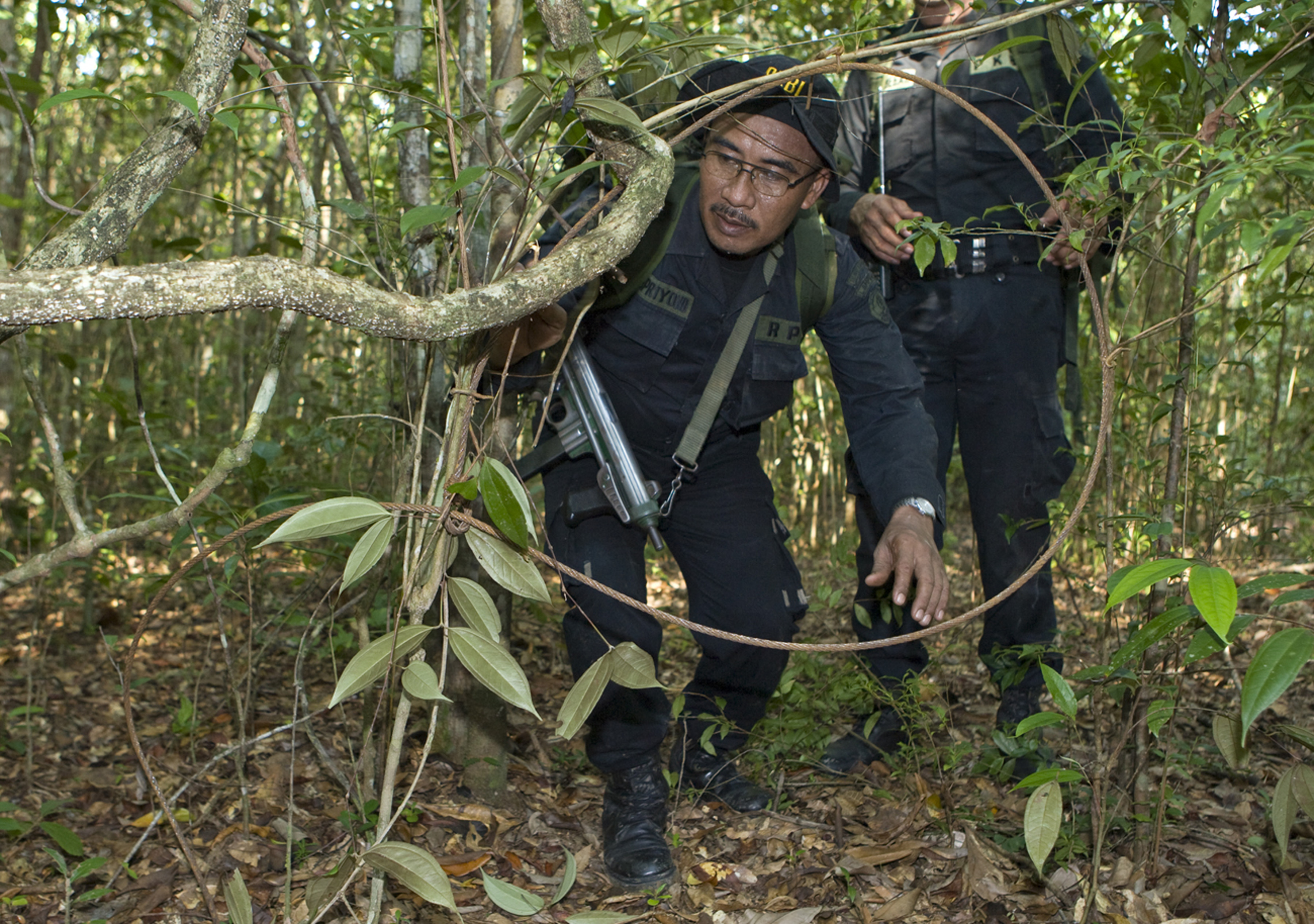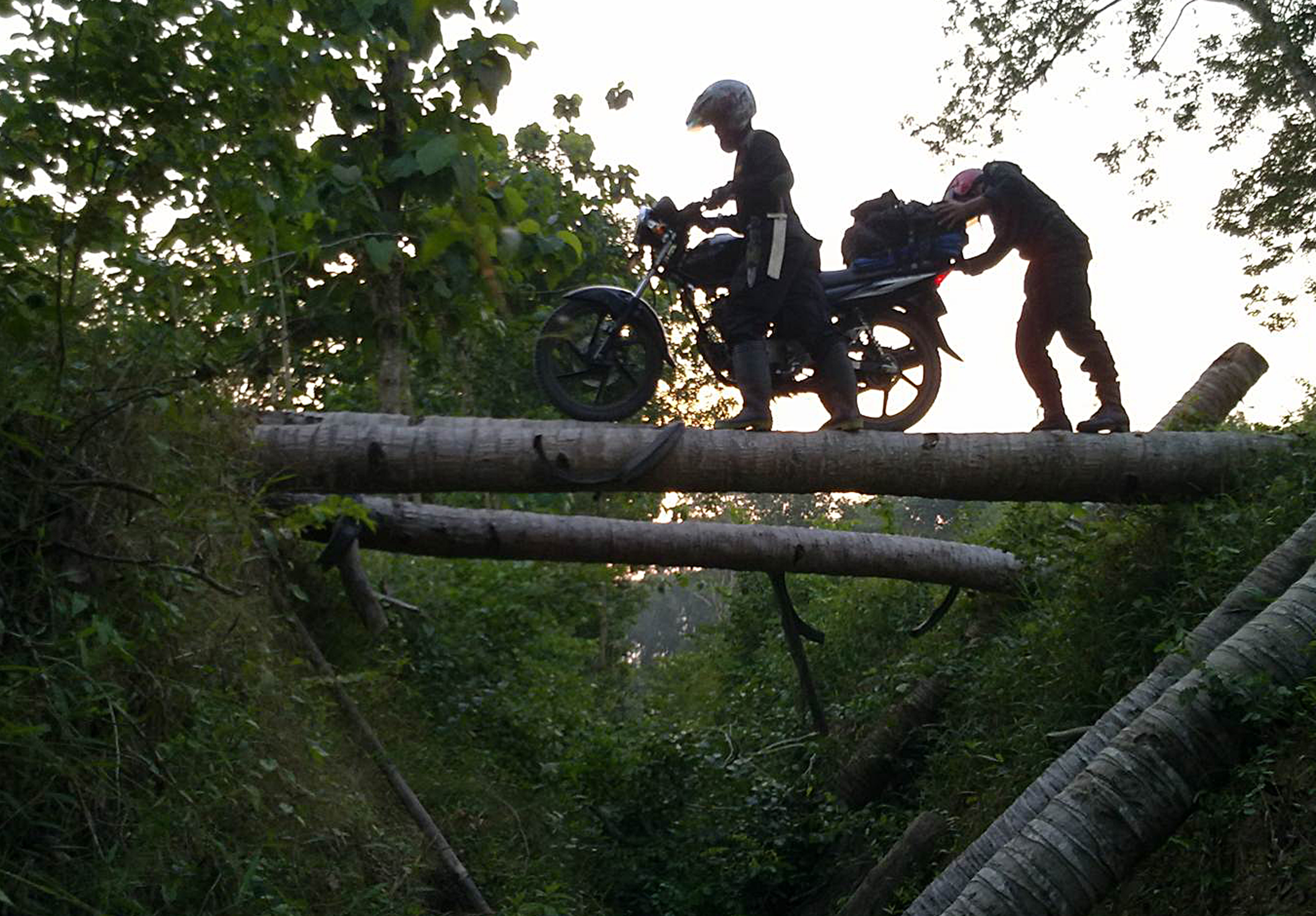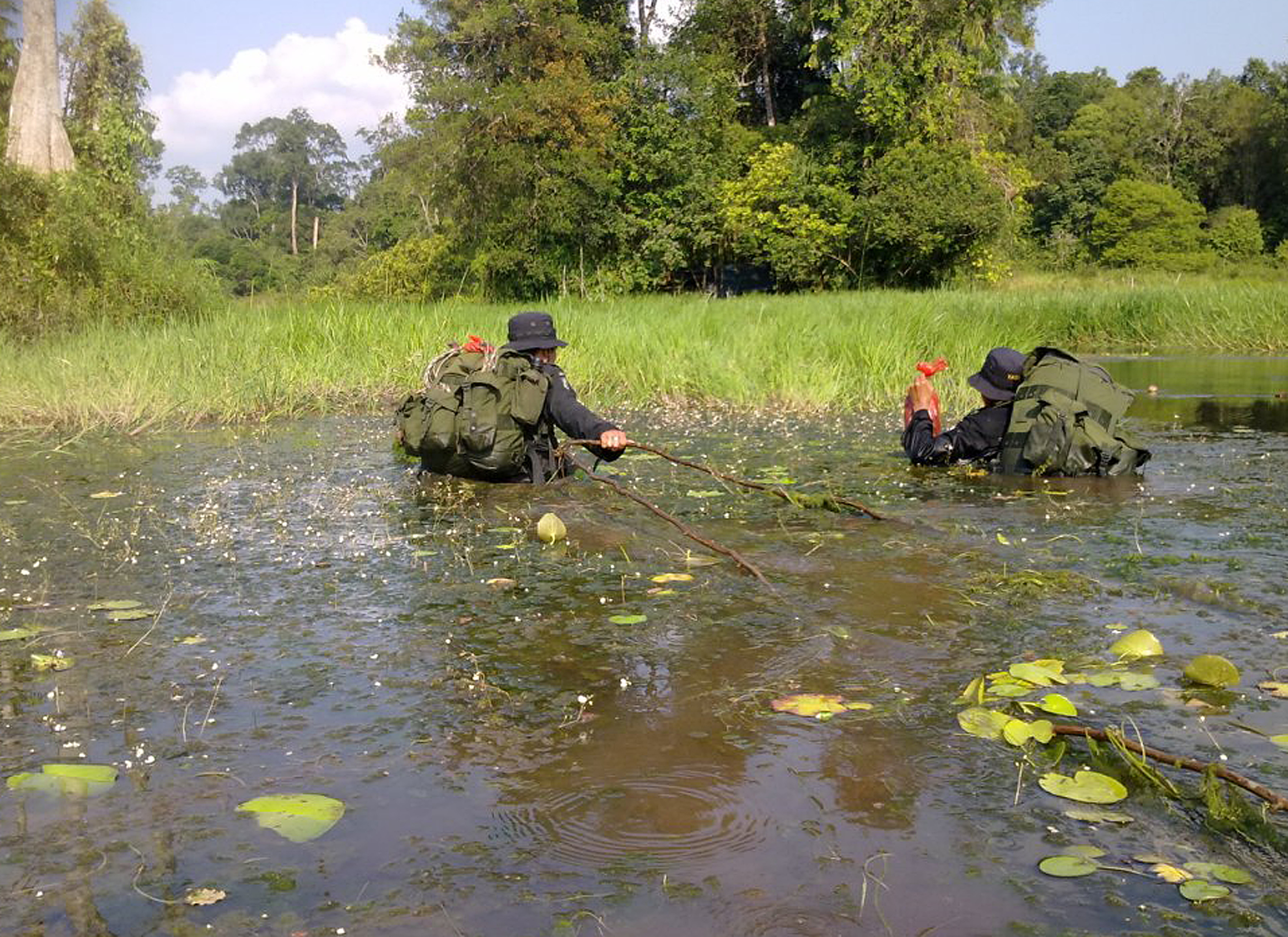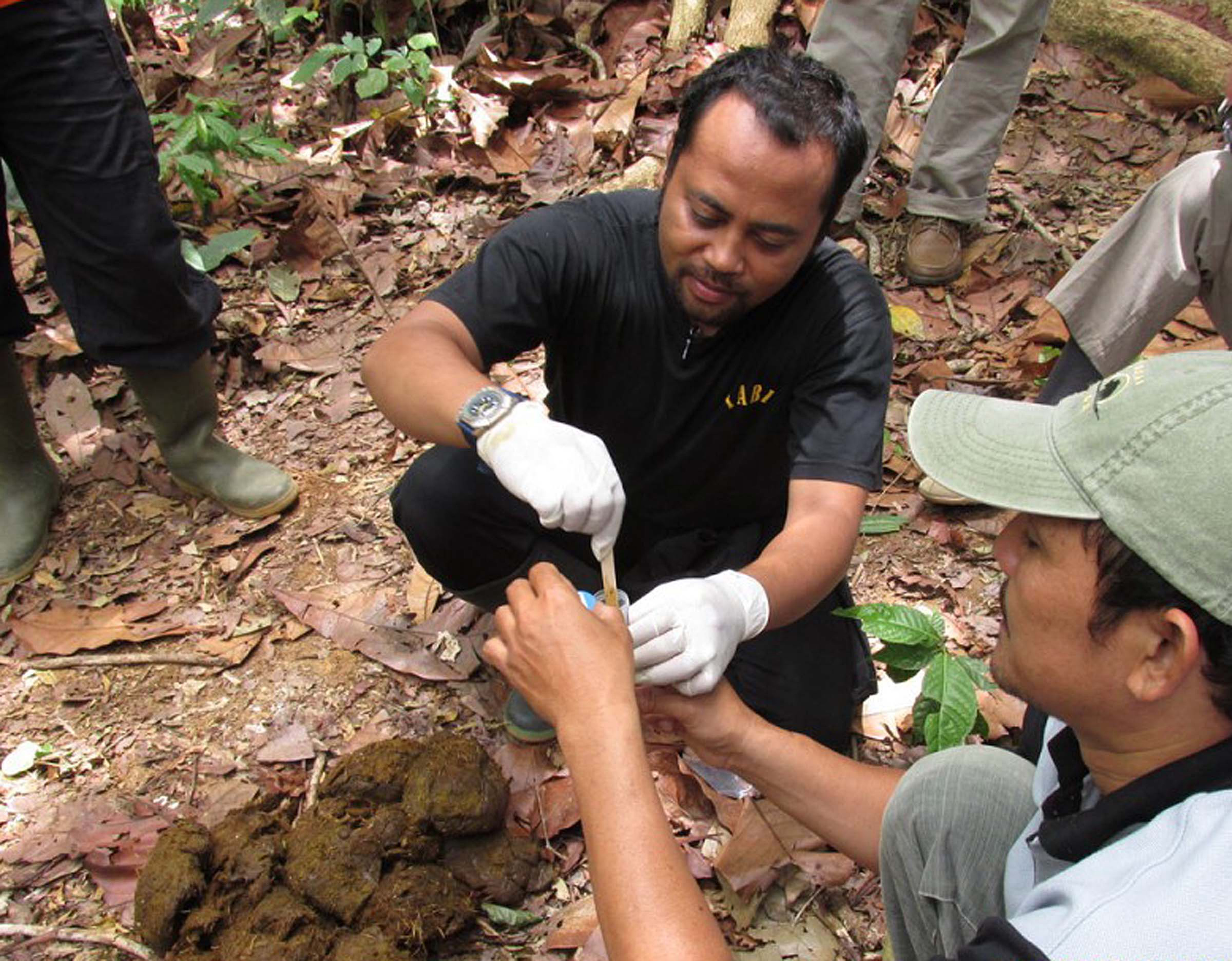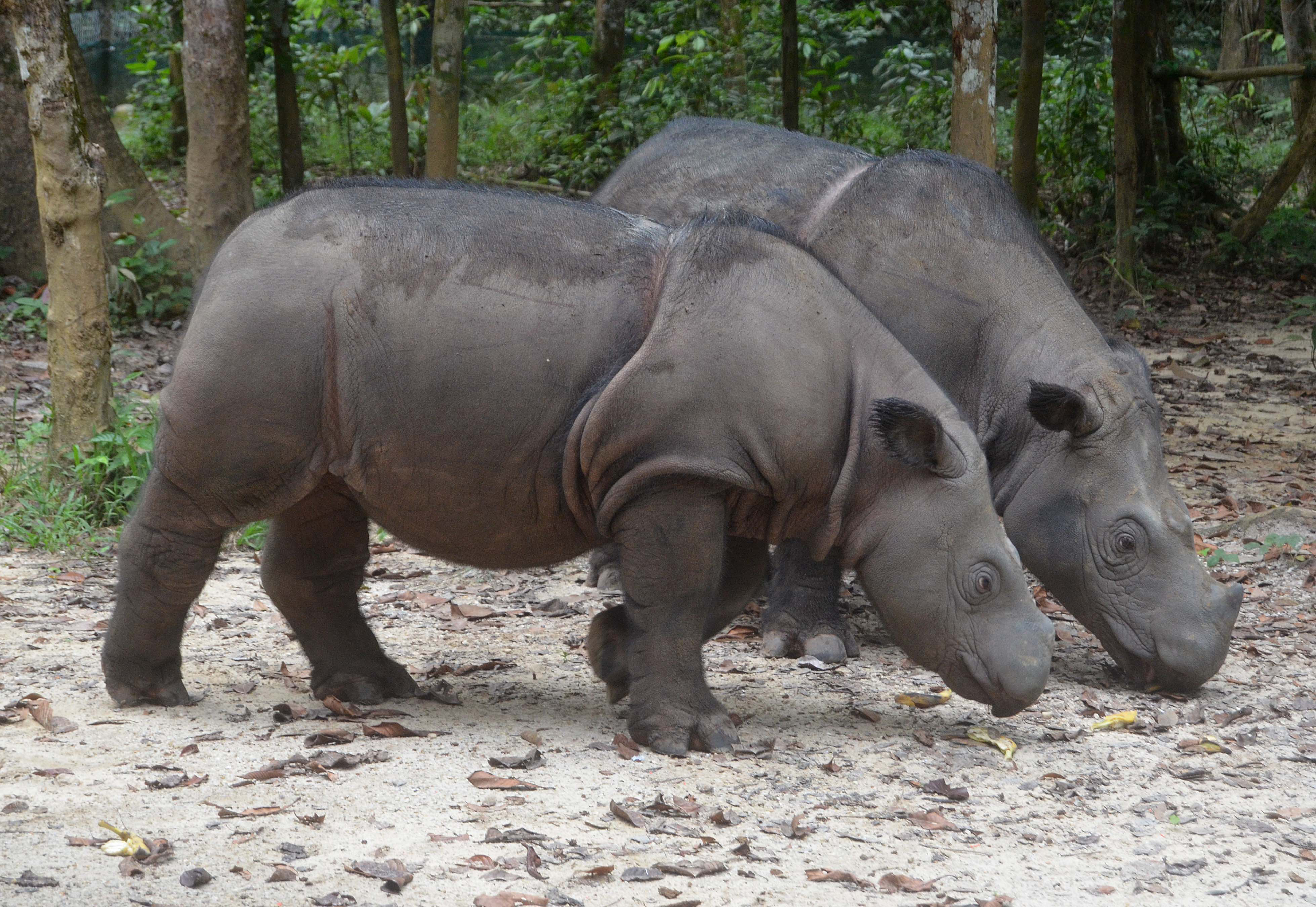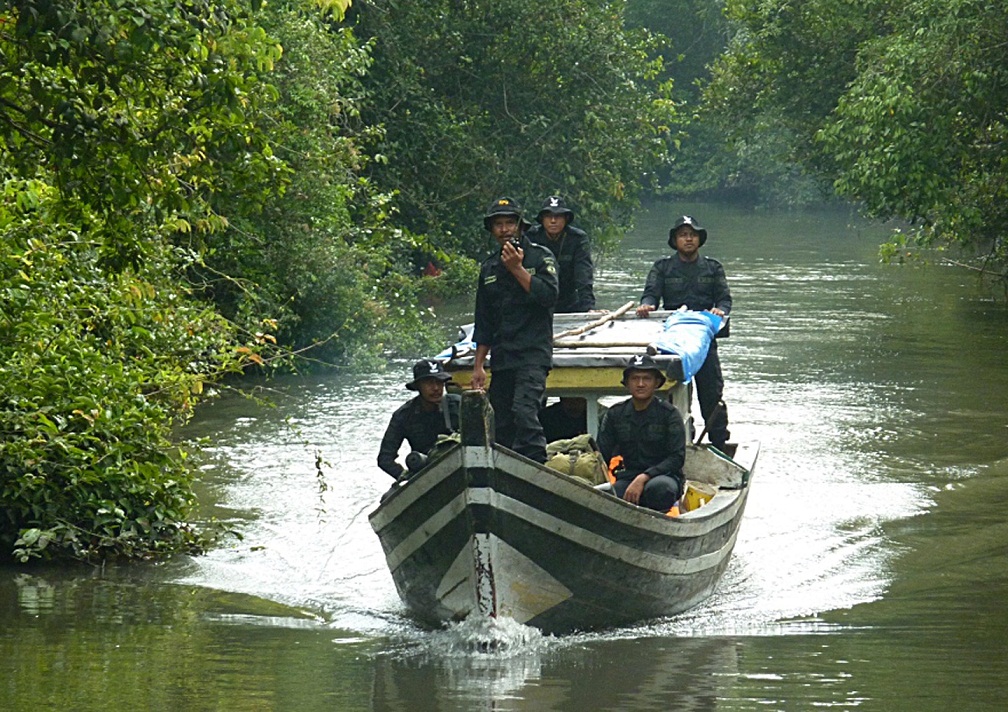The Sumatran Rhino: Another 200 years? It's your call!
Have you ever seen a Sumatran Rhino (Dicerorhinus sumatrensis)? It is often said, we protect what we know and love, so SOS thought to share a short video of this unique, charismatic and Critically Endangered rhino species to show just what SOS is trying to do - protect threatened species, their habitats and the people who depend on them. And as International Ranger Day approaches (July 31), we also highlight the role of the Rhino Protection Units who work tirelessly to guard the last few Sumatran Rhino from poachers.
This year marks the 200th anniversary of the Sumatran Rhino’s first scientific description. In 1814 German biologist Johann Gotthelf Fischer von Waldheim, provided a scientific description of the Asian two-horned, hairy or Sumatran rhinoceros. Once plentiful and widespread from India to Borneo, Sumatran rhinos have been around for a lot longer than two centuries of course, but experts believe today fewer than 100 animals survive in three Indonesian national parks: Bukit Barisan Selatan, Gunung Leuser and Way Kambas on the island of Sumatra. Centuries of hunting and habitat loss both fragmented and drastically reduced its populations, however, with Sumatra remaining the last bastion of hope for its recovery as a species.
According to Bill Konstant Programme Officer with SOS Grantee and IUCN Member the International Rhino Foundation (IRF), the question is whether we can work together to ensure these rhinos will survive and thrive for another 200 years.
In Sumatra, specially-trained Rhino Protection Units (RPUs) assist government forest guards by providing round-the-clock surveillance, as well as monitoring of resident Sumatran rhino, elephant, tiger and tapir populations. Each RPU is lead by a wildlife ranger who has authority to carry a firearm and arrest suspected poachers. He is supported by a team recruited from the local community.
Local coordination and engagement is crucial to implementation. Consequently, IRF is working with local partner Yayasan Badak Indonesia (YABI) along with several government authorities to train and equip seven 4-man RPUs patrol Bukit Barisan Selatan and five units are stationed in Way Kambas. That represents a total of 48 well-trained professionals safeguarding small populations of threatened rhinos that barely outnumber them. These highly trained men slog through swamps, clamber through dense tropical jungle, spending hours and days on patrol, rarely if ever seeing the animals they are charged to protect. And yet they remain committed and passionate about their task.
Supporting their work is critical to the survival of the species – people, and not just rangers, but park officials and conservation scientists collaborating to ensure a viable population of Sumatran rhinos must be rewarded and acknowledged for their efforts protecting such world treasures to ensure we can continue to build on successes to date.
There is hope - for example Andatu (pictured above with mother Ratu) was the first Sumatran Rhino born in a breeding centre in Indonesia. But we cannot rely on captive breeding alone to save a species. Instead it is our collective willpower, talents and resources that can transform prospects for threatened species, the world over.
Thus, as this bicentennial anniversary of the Sumatran rhino being recognized as a species rolls on - we are faced with the sobering reality that its future is not only precarious, but lies entirely in our hands. To take action, you can support on the ground species conservation by donating to SOS – Save Our Species which channels funds to the best projects on the ground such as this one implemented by IRF and its partners in Sumatra.
